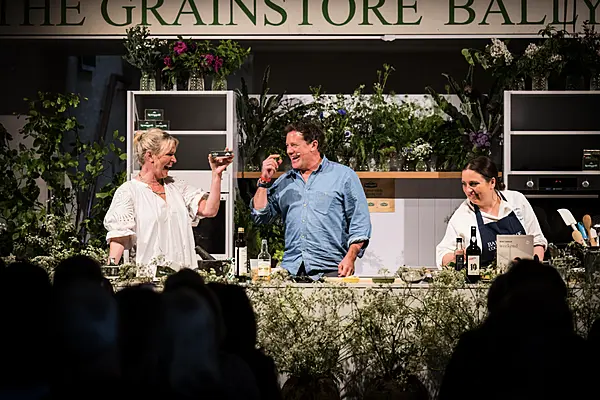The value of Ireland’s food, drink and horticulture exports came to almost €16.3 billion in 2023, according to Bord Bia’s Export Performance and Prospects Report 2023/24, which was launched this week by the Minister for Agriculture, Food and the Marine, Charlie McConalogue.
Bord Bia noted that exports were impacted by inflation and a cost-of-living crisis that continued to affect consumer spending last year, in addition to significant downward pressure on trade prices.
Challenging Global Marketplace
The overall value of Irish exports declined by 4%, compared to the previous year, when exports grew by a record-breaking 22%.
The value of exports remains 24% higher than it was in 2019, and the industry’s ability to retain much of the growth from 2022 represented a solid performance in a challenging global marketplace.
‘Risk To Competitiveness’
“More than half – 53% – of Irish food and drink companies believe their competitiveness has been eroded over the past 12 months, with energy prices, inflation, and labour costs having the biggest impact,” said Jim O’Toole, Bord Bia chief executive.
“Looking ahead, market volatility and inflation – although slowly easing – will continue to be two key factors for this year, while input and labour costs remain a risk to competitiveness.
“As such, the market for Irish food, drink and horticulture exports will remain challenged this year.”
Sectors
The dairy sector, which accounts for almost 40% of overall Irish food and drink exports, saw export values decline by 8%, to €6.3 billion, last year.
Bord Bia noted that the decline in the value of butter and casein exports was partly offset by increases in the value of cheese, specialist nutritional powders, yoghurt, and whole-milk powder.
The value of meat and livestock exports was largely stable, at €4.2 billion, as increases in the value of beef, poultry and live exports were offset by lower exports of sheep and pig meat.
Lower Dairy Exports
The report shows that exports to the EU saw a slight decline, of 2%, in 2023 and were worth €5.8 billion last year.
The share of total exports destined for the EU remained at around 36% for the second consecutive year.
France, Germany and the Netherlands accounted for 60% of sales to the EU, and the combined value of sales to these markets declined by 7% last year, due to lower dairy exports.
UK Market
The UK is still the largest single destination for Irish food and drink exports, valued at an estimated €5.6 billion last year.
The share of total exports destined for the UK in 2023 is estimated at 34% – up by two percentage points on 2022 – but this is still lower than trading levels before the Brexit referendum.
The increase in trade during 2023 largely reflected higher exports of meat and livestock, drink, and PCF products, which grew by a combined €250 million.
International Market
The value of trade to international markets fell by 10% in 2023, to €4.9 billion. Bord Bia claims that this decline reflected reduced trade to North America, particularly with regard to drink exports.
Exports to Asia were down across almost all categories – most notably in dairy and pig meat – decreasing by 3% and 24%, respectively.
In 2023, 30% of Irish food and drink exports, in value terms, were destined for international markets – down from a 32% share in 2022.









